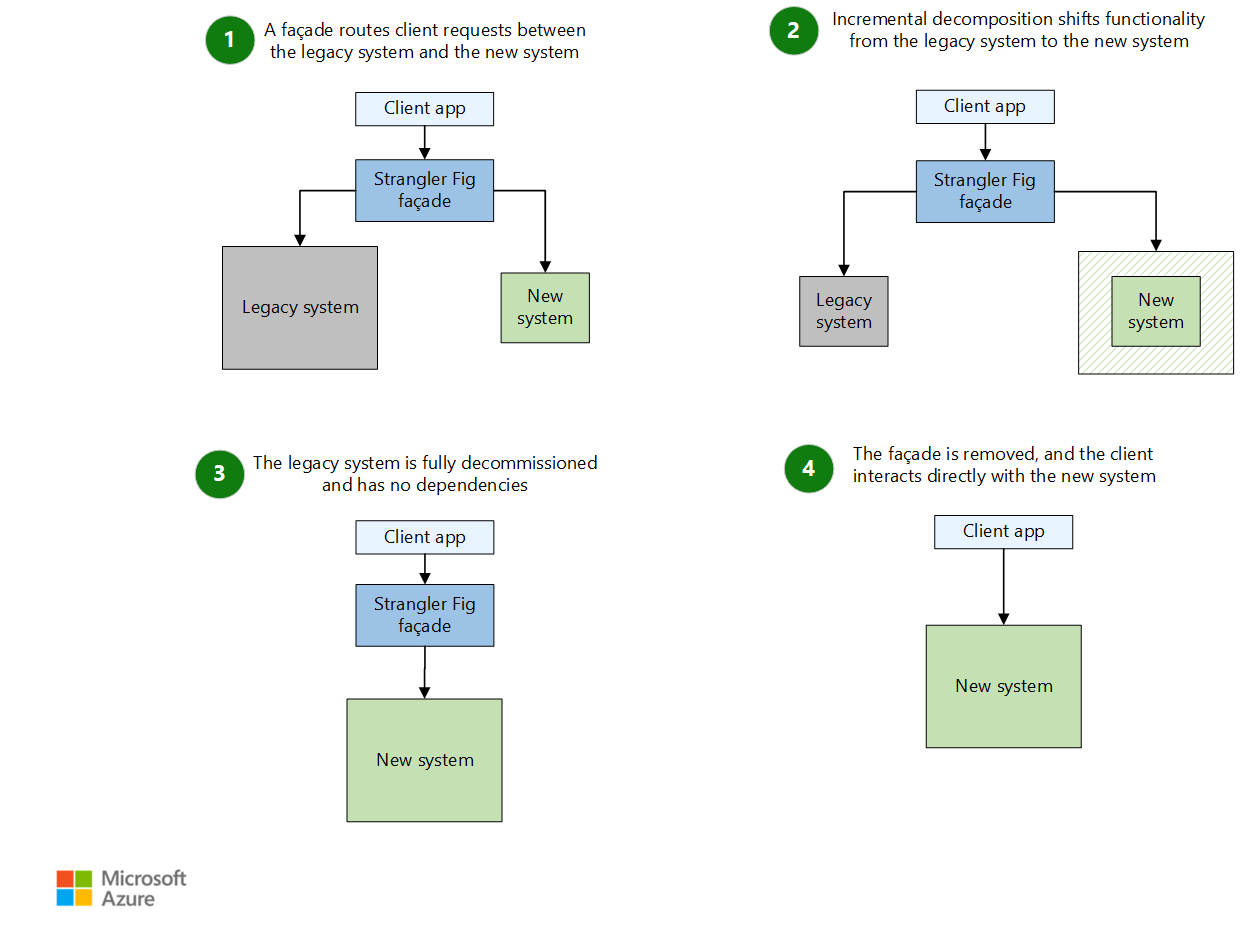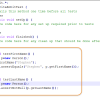This post is also available in:
 Português
Português
When working with Laravel, one of the most common tasks is updating records in the database. Laravel provides a convenient and elegant way to accomplish this through the Eloquent ORM (Object-Relational Mapping). In this blog post, we’ll explore the differences between two popular methods of updating records: Product::where(‘id’, 1)->update([‘stock_left’ => 1]) and Product::find(1)->update([‘stock_left’ => 1]).
Method 1: Product::where(‘id’, 1)->update([‘stock_left’ => 1])
This method uses the where clause to find the record with a specific ‘id’ (in this case, 1). After locating the record, the update method is called to update the ‘stock_left’ field with the new value (1). This method is essentially a combination of two operations:
- Selecting the record: Product::where(‘id’, 1)
- Updating the record: ->update([‘stock_left’ => 1])
The where method allows you to specify any conditions for filtering the records. In this example, we are only filtering by ‘id’, but you could use any other column(s) to filter the results. The update method performs a mass update, meaning it can update multiple records at once if the ‘where’ clause matches multiple records.
Advantages:
- Efficient for bulk updates, as it performs the update directly in the database with a single query.
- Allows for more complex filtering conditions.
Disadvantages:
- Doesn’t work well for single record updates where model events or mutators are needed.
Method 2: Product::find(1)->update([‘stock_left’ => 1])
This method uses the find function to retrieve the record with the specified ‘id’ (in this case, 1). Once the record is fetched, the update method is called to update the ‘stock_left’ field with the new value (1). This method consists of two separate operations:
- Retrieving the record: Product::find(1)
- Updating the record: ->update([‘stock_left’ => 1])
The find method is a shortcut for the where clause when searching by primary key (‘id’ in this case). The update method in this case works with a single record, allowing for model events (such as saving, updating, or deleting events) and mutators (custom attribute setters) to be triggered.
Advantages:
- Model events and mutators are triggered, which is useful when additional logic needs to be executed during the update process.
- Better suited for single record updates.
Disadvantages:
- Less efficient for bulk updates, as it retrieves the record first and then updates it, resulting in multiple queries.
Conclusion
Both update methods have their own advantages and are suited for different use cases. If you need to update multiple records at once and don’t require model events or mutators, using the where method combined with update is more efficient. However, if you’re working with a single record and need to trigger model events or use mutators, the find method combined with update is the better choice. Always consider your specific use case when choosing between these two methods to ensure you’re using the most efficient and effective approach for your Laravel application.














Comentários Recentes